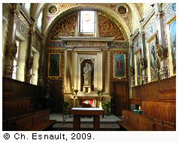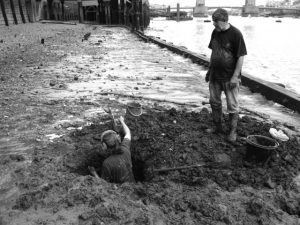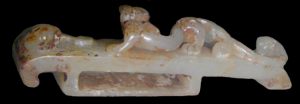Call for Papers: Archaeo-Luthiery
On the occasion of the 30th Annual Meeting of the European Association of Archaeologists, to be held from August 28 to 31 in Rome (Italy), a call for papers has been launched for a colloquium on the archaeo-violin making, or how to understand instruments from an archaeological point of view, from the Celts to the Middle Ages. Answer by February 4, 2024.













